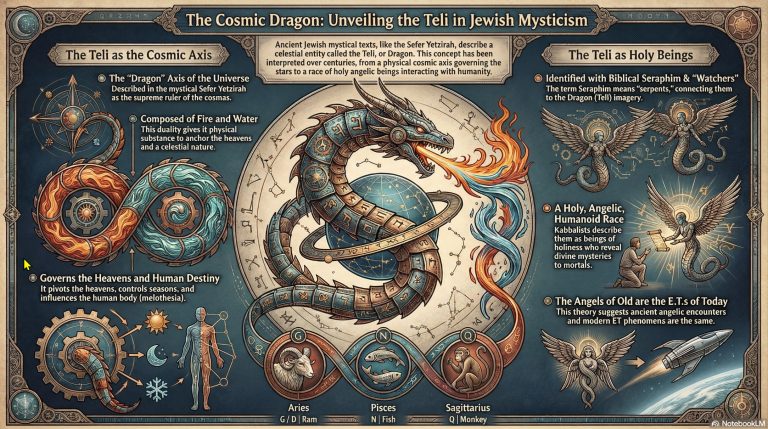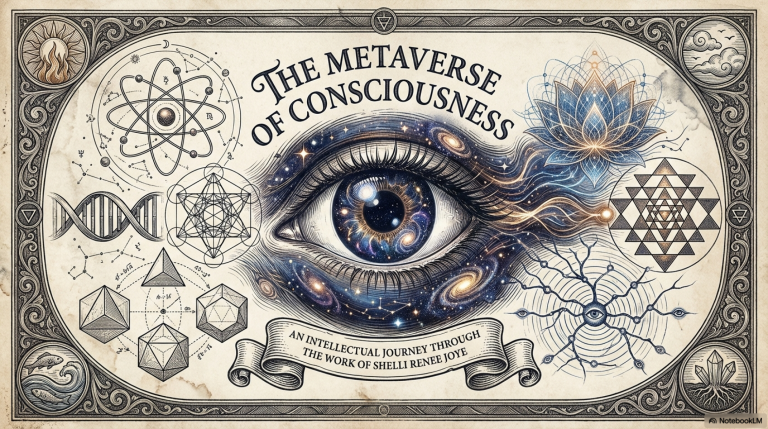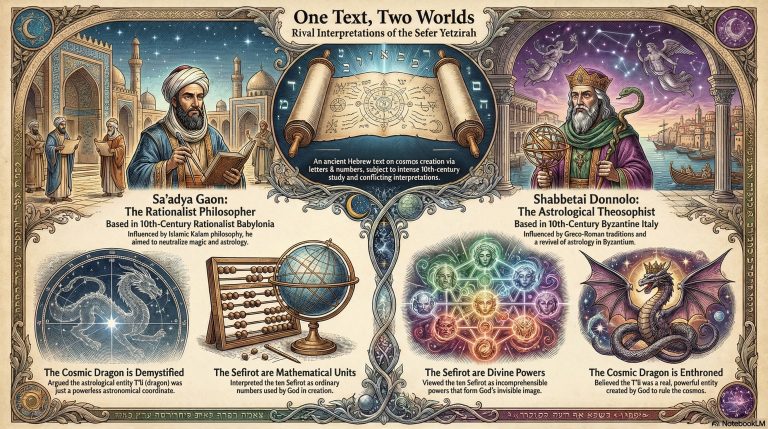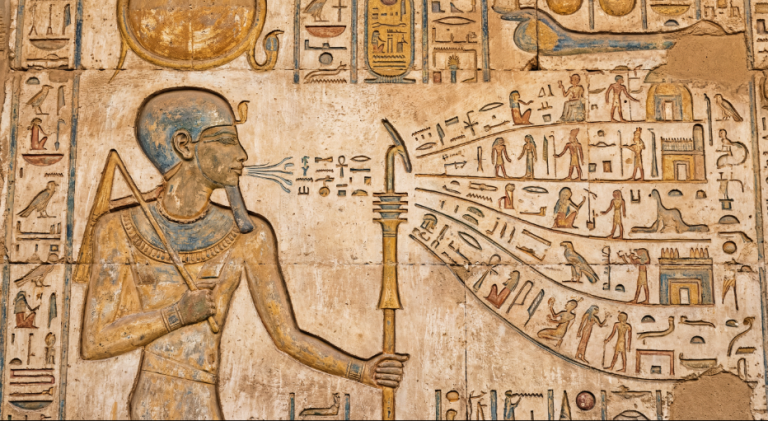
Equivalence of Form is a fundamental principle in Kabbalistic and Chassidic thought, rooted in the idea that spiritual closeness is determined by similarity or equivalence, rather than physical proximity. This concept is particularly important in understanding the relationship between God and creation.
Here are some key aspects of this idea:
1. Divine Emulation:
The core of Equivalence of Form is the notion that one becomes closer to God by emulating divine attributes. In Jewish tradition, these are often referred to as the 13 Attributes of Mercy or other divine qualities. By cultivating these attributes within oneself, one achieves a greater similarity to the divine, thus reducing spiritual distance.
2. Will Alignment:
A crucial aspect of Equivalence of Form is aligning one’s will with the divine will. This means not just performing actions that God commands, but truly desiring alignment with God. As one’s personal will becomes more aligned with the divine will, the spiritual distance decreases.
3. Overcoming Egoism:
One of the main barriers to Equivalence of Form is egoism or self-centeredness. The more one can transcend their ego and act for the sake of others or for divine purposes, the closer they come to emulating God’s altruistic nature.
4. Levels of Equivalence:
Different levels of spiritual development can be understood as different degrees of Equivalence of Form. For instance:
– At lower levels, one might perform good deeds, but for personal gain (little equivalence).
– At higher levels, one performs deeds out of pure love for God and desire to emulate divine qualities (greater equivalence).
5. The Paradox of Closeness and Distance:
Interestingly, as one achieves greater Equivalence of Form, they often become more aware of the infinite gap between themselves and God. This heightened awareness of God’s greatness can lead to a deeper sense of awe (Yirat HaRommemut).
6. Application in Spiritual Practice:
This concept is not just theoretical but has practical applications in spiritual life. It encourages:
– Constant self-reflection and character refinement
– Studying divine attributes to better emulate them
– Focusing on intention (kavanah) in religious observance, not just external actions
7. Relationship to Creation:
In Kabbalistic thought, the entire process of creation is seen as God’s way of creating beings who can achieve Equivalence of Form. The physical world, with its challenges and free will, provides the arena for this spiritual work.
8. Beyond Judaism:
While this concept is articulated in Jewish mystical traditions, similar ideas about emulating divine qualities to achieve closeness with the Divine can be found in other spiritual traditions as well.
9. Continuous Process:
Achieving Equivalence of Form is seen as a lifelong journey rather than a destination. It’s a dynamic process of continual growth and refinement.
This principle of Equivalence of Form provides a framework for understanding spiritual growth not just as a series of actions or beliefs, but as a fundamental transformation of one’s entire being. It offers a profound perspective on the purpose of human existence and the nature of the Divine-human relationship.
Bibliography
1. Ashlag, Yehudah. “Introduction to the Book of Zohar.” In this work, Rabbi Yehudah Ashlag discusses the concept of Equivalence of Form in relation to Kabbalistic ideas.
2. Luzzatto, Moshe Chaim. “Derech Hashem” (The Way of God). This 18th-century work explores various Jewish philosophical concepts, including the idea of becoming similar to God through one’s actions.
3. Dessler, Eliyahu E. “Michtav me-Eliyahu” (Strive for Truth). Rabbi Dessler’s 20th-century work discusses the concept of Equivalence of Form in relation to Jewish ethics and self-improvement.
4. Ashlag, Baruch. “Shamati” (I Heard). This collection of essays by Rabbi Baruch Ashlag, son of Yehudah Ashlag, further develops the concept of Equivalence of Form in Kabbalistic thought.
5. Tatz, Akiva. “Worldmask.” In this book, Rabbi Tatz explores various Jewish concepts, including Equivalence of Form, from a more contemporary perspective.




